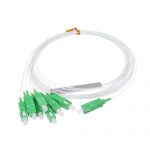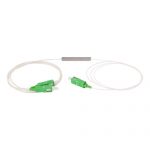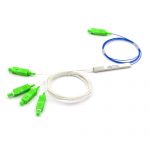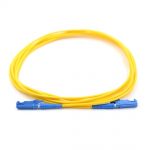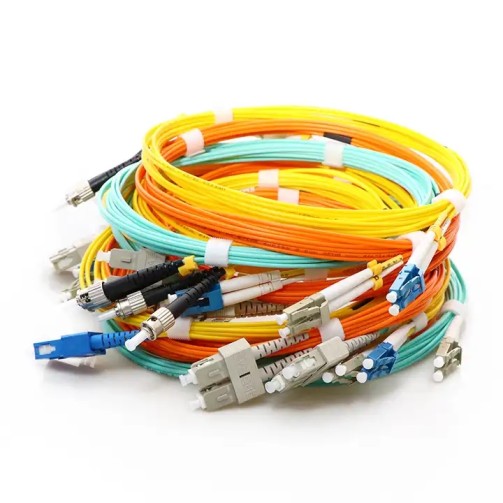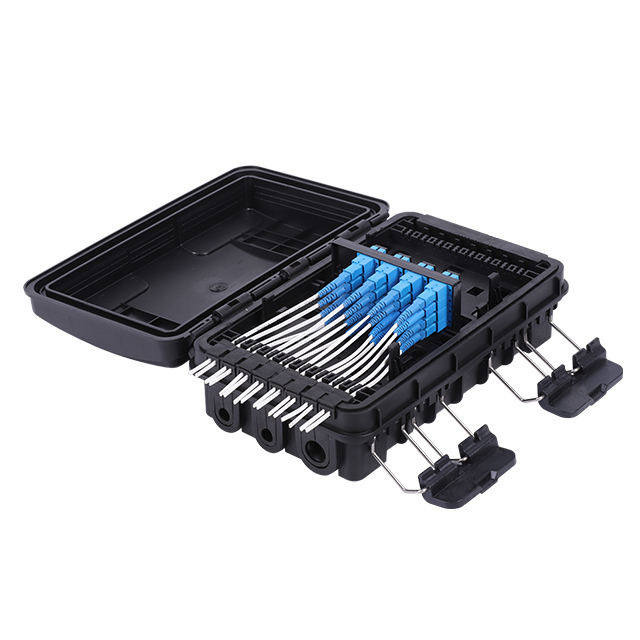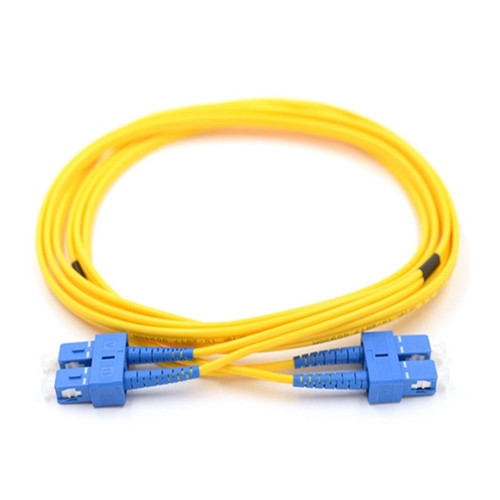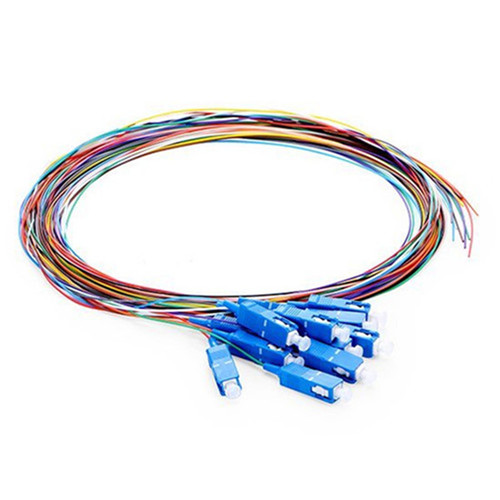Fabric innerduct is a type of protective conduit that is used to encase fiber optic cables and other types of communication cables. This type of conduit is made from a lightweight, woven fabric material that is designed to provide a high degree of protection against damage and wear, while also being flexible and easy to install.
In this post, we will explore the benefits of fabric innerduct, how it works, and some of the key considerations that should be taken into account when choosing this type of conduit.
Benefits of Fabric Innerduct
One of the key benefits of fabric innerduct is its flexibility. Unlike traditional rigid conduit materials, fabric innerduct is designed to be easily bent and shaped to fit around corners and other obstacles. This makes it ideal for use in areas where space is limited, or where cables need to be routed around existing infrastructure.
Another advantage of fabric innerduct is its lightweight design. Because the material is made from a fabric material, it is significantly lighter than traditional metal or plastic conduit materials. This can make it easier to handle and install, particularly in situations where multiple cables need to be routed over long distances.
Fabric innerduct also offers a high degree of protection against damage and wear. The woven fabric material is designed to resist abrasion, punctures, and other forms of physical damage that can occur during installation or in the field. This can help to extend the lifespan of communication cables and other components, and reduce the need for maintenance and repair.
Finally, fabric innerduct can be used in a variety of different environments and applications. It is suitable for use both indoors and outdoors, and can be used in a range of temperatures and weather conditions. This makes it a versatile option for a wide range of communication infrastructure projects.
How Fabric Innerduct Works
Fabric innerduct works by providing a protective layer around communication cables and other components. The woven fabric material is designed to provide a barrier between the cable and any potential sources of damage or wear, such as sharp edges, abrasive surfaces, or extreme weather conditions.
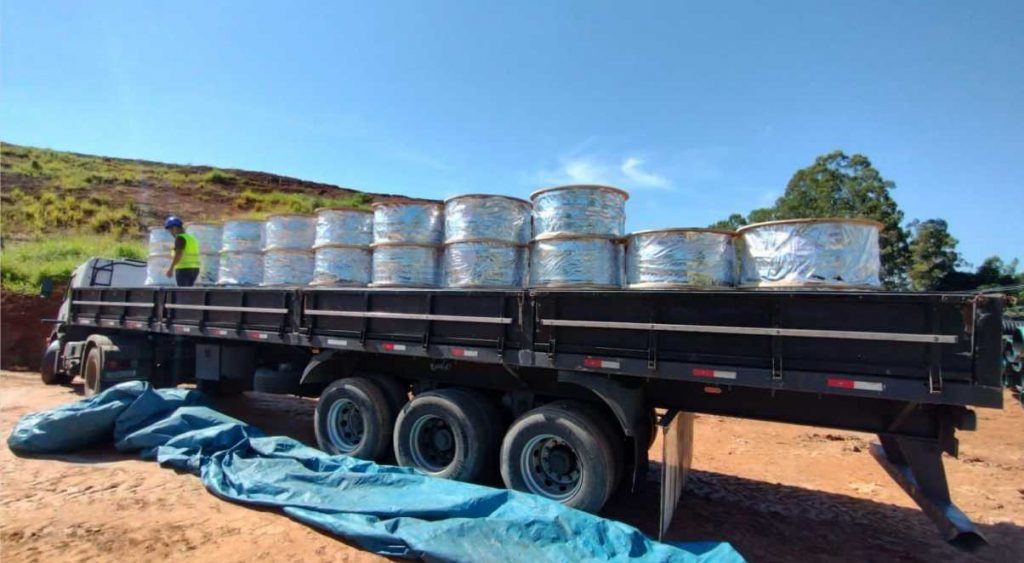
The innerduct is typically installed by threading the cable through the fabric conduit. Once the cable is in place, the fabric material is then secured in place using cable ties or other fastening mechanisms. This creates a secure, protective layer around the cable that helps to prevent damage and wear during installation and in the field.
Key Considerations When Choosing Fabric Innerduct
When choosing fabric innerduct for a communication infrastructure project, there are several key factors that should be taken into account. These include:
- Material quality: The quality of the fabric material used to make the innerduct can vary significantly. It is important to choose a high-quality material that is designed to resist wear and tear, and provide a high degree of protection for communication cables.
- Size and diameter: Fabric innerduct is available in a range of sizes and diameters to accommodate different types of communication cables. It is important to choose the right size and diameter to ensure a secure, snug fit around the cable.
- Environmental considerations: Fabric innerduct can be used in a variety of different environments and applications, but it is important to consider the specific environmental conditions where the conduit will be installed. Factors such as temperature, humidity, and exposure to sunlight can all impact the performance of the innerduct.
- Installation method: Fabric innerduct can be installed using a variety of different methods, including pulling, blowing, or pushing the cable through the conduit. The installation method used will depend on the specific project requirements and the type of cable being installed.
Conclusion
Fabric innerduct is a lightweight, flexible, and durable conduit material that is ideal for protecting communication cables and other components. It offers a high degree of protection against physical damage and wear, and can be used in a variety of different environments and applications. When choosing fabric innerduct for a communication infrastructure project,
